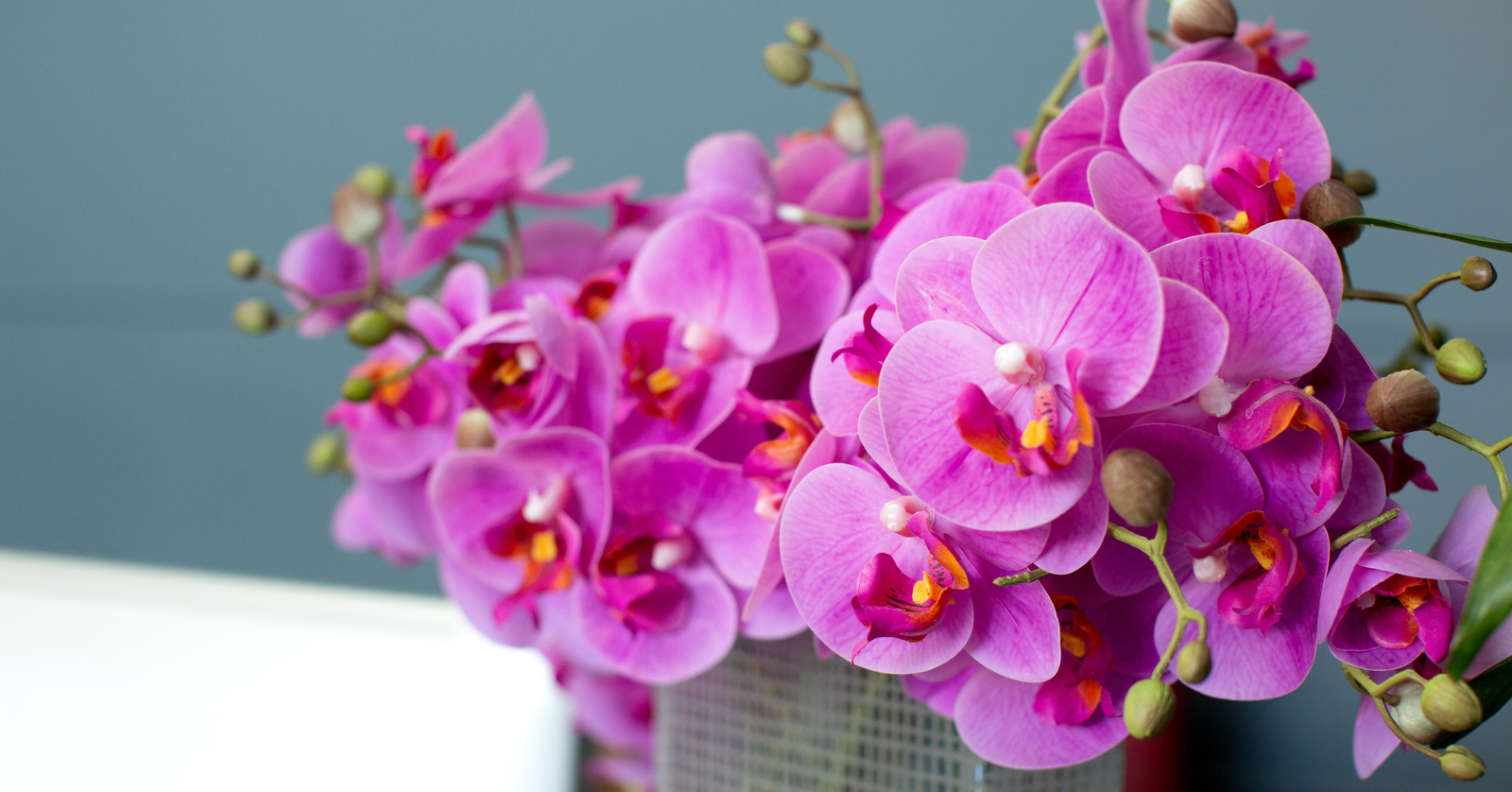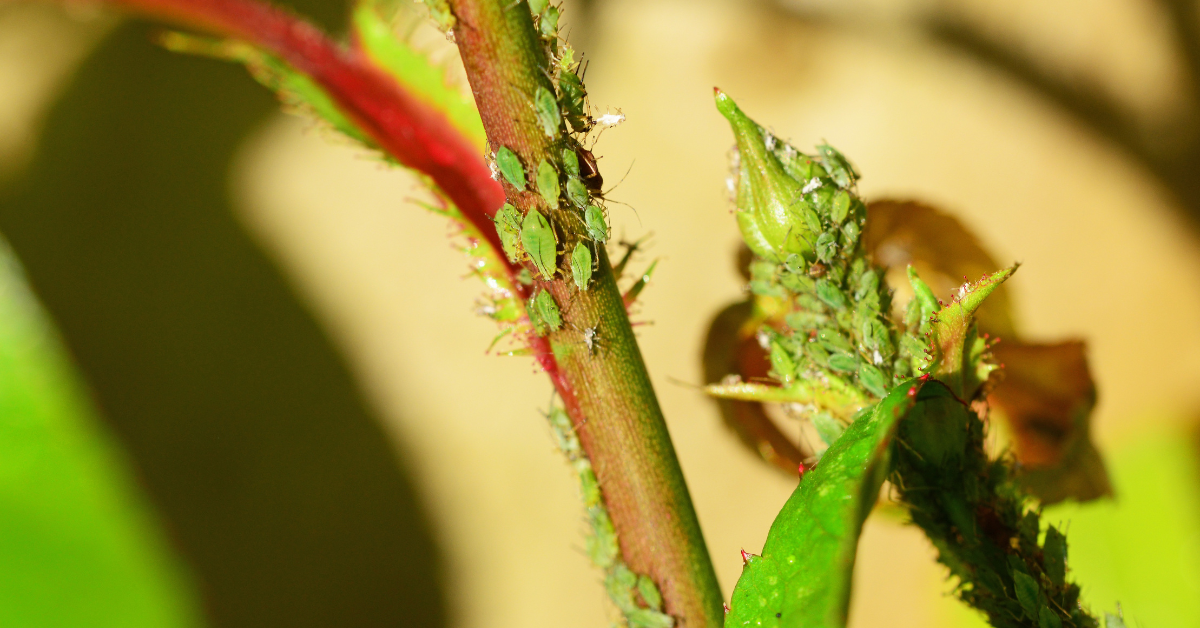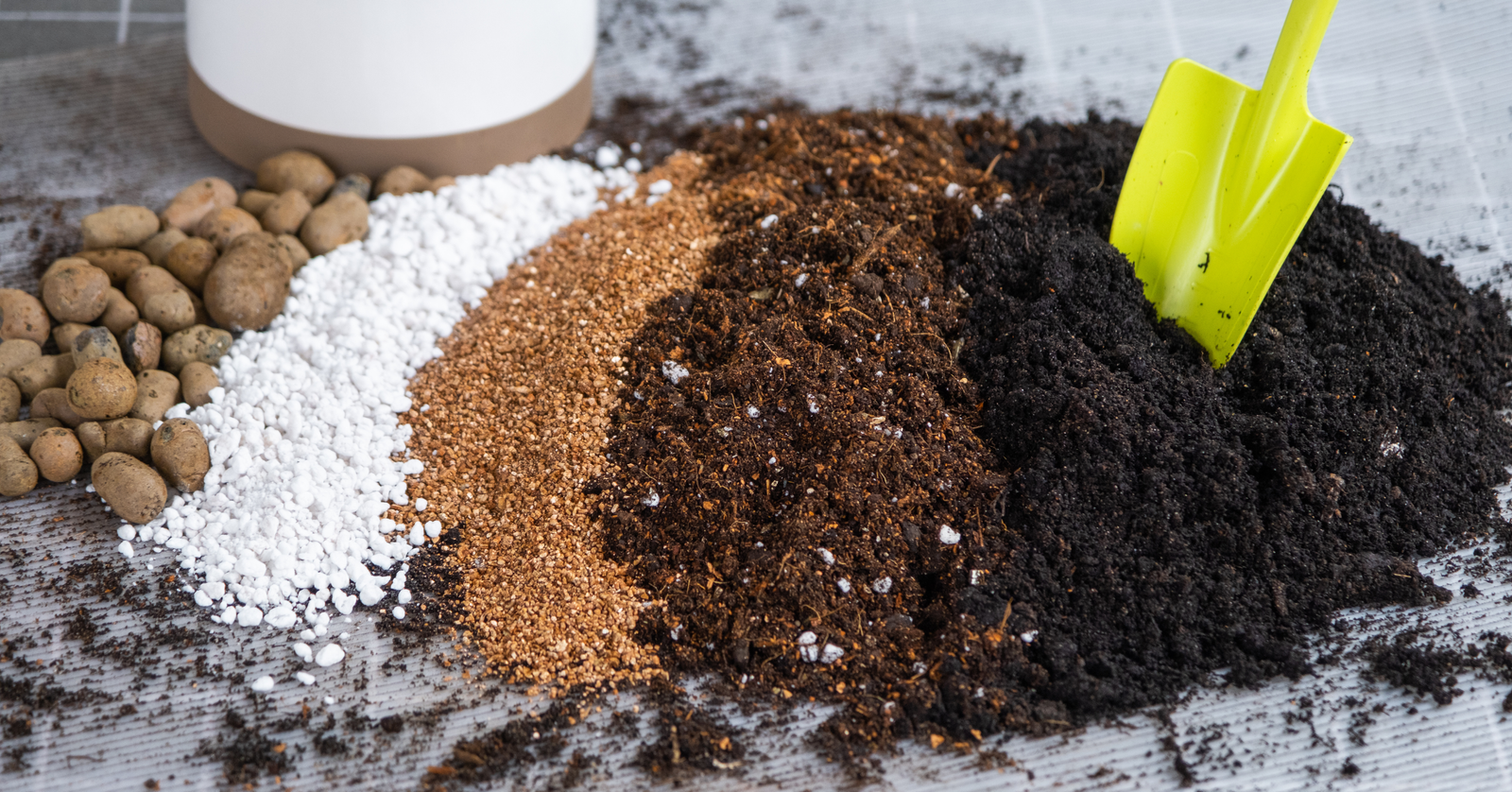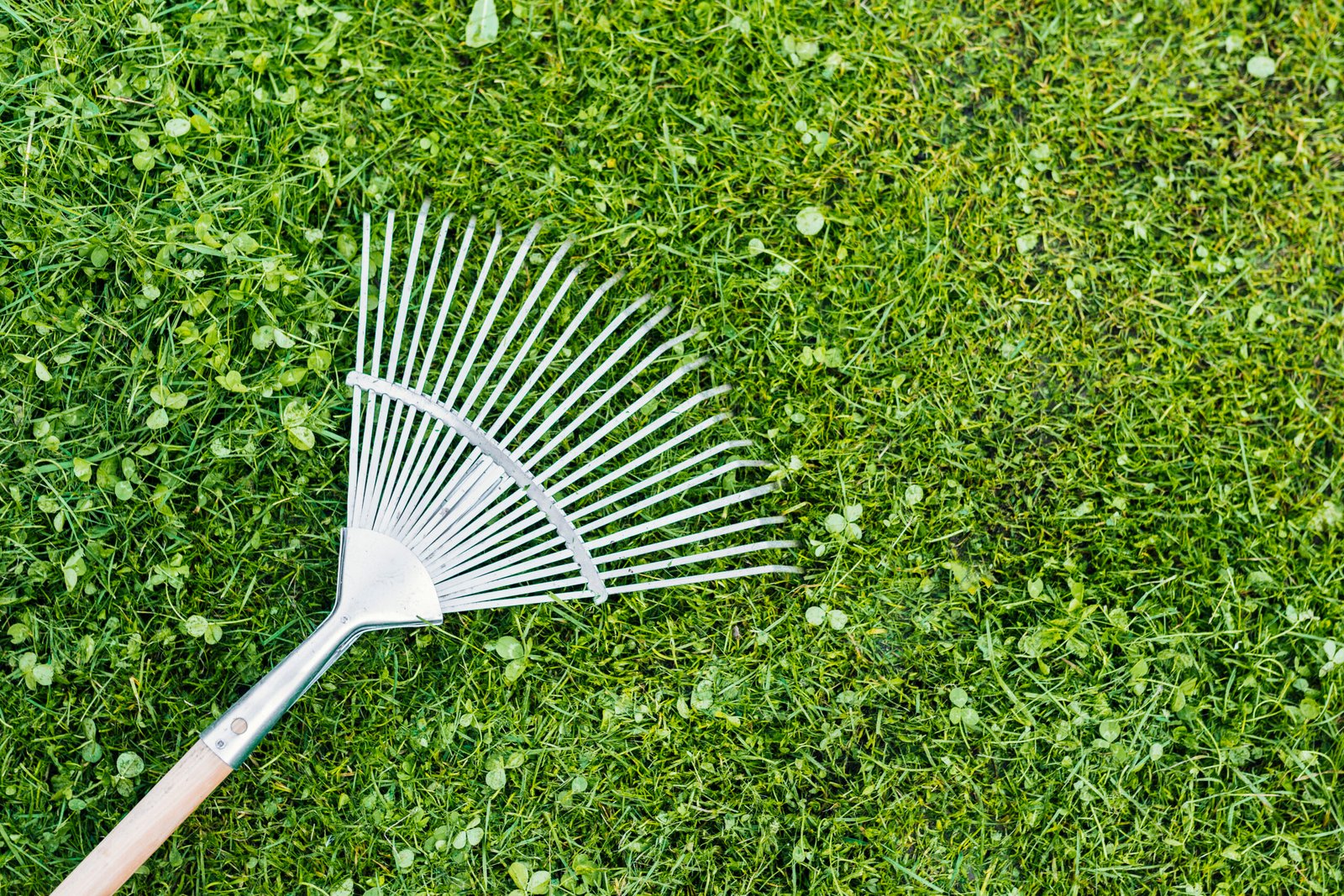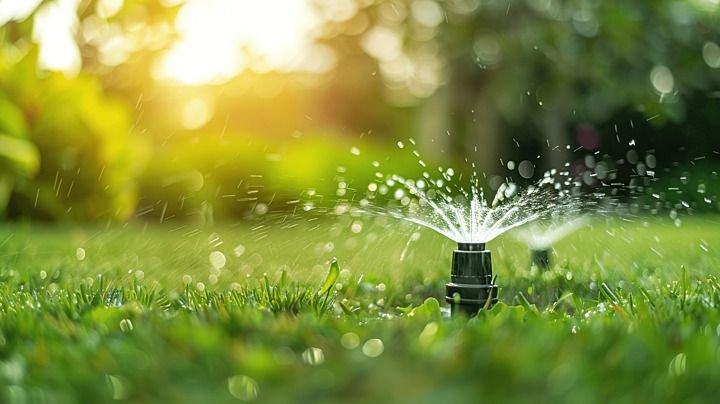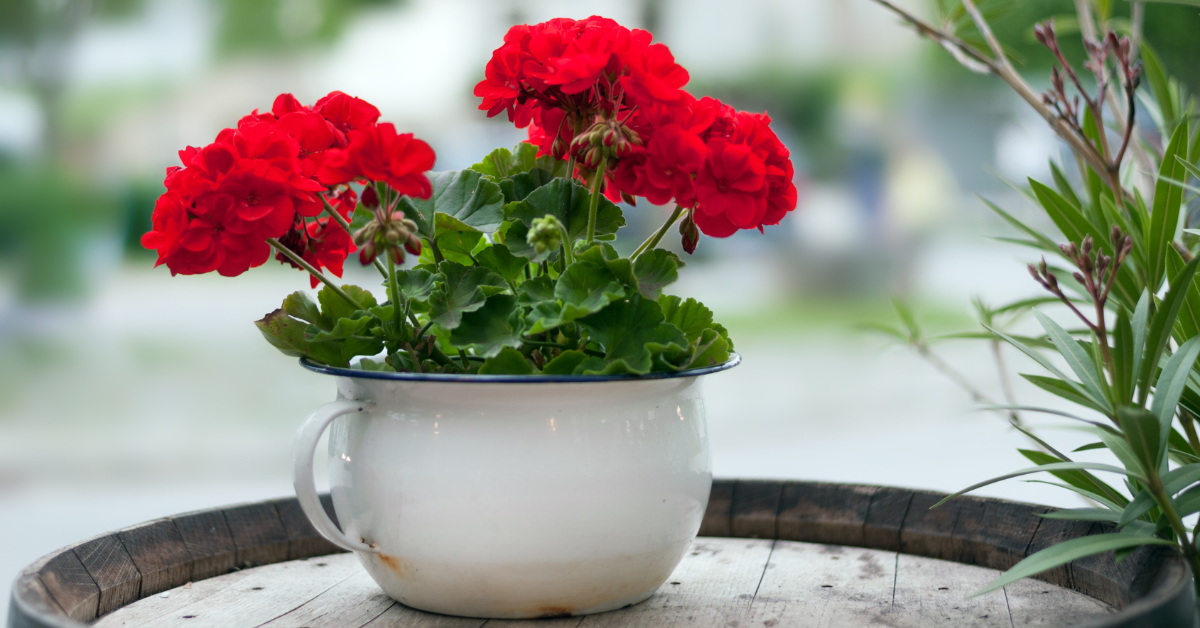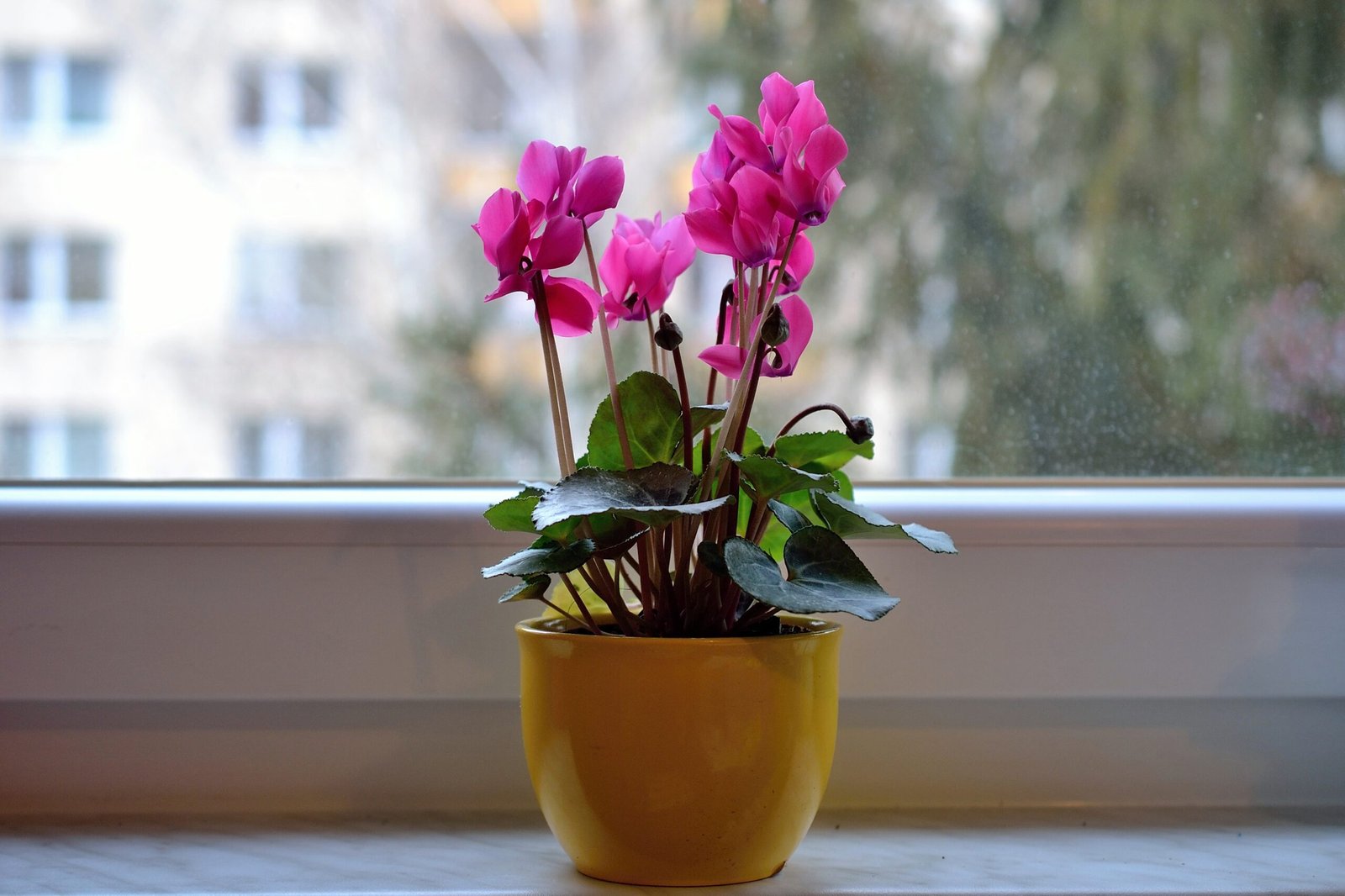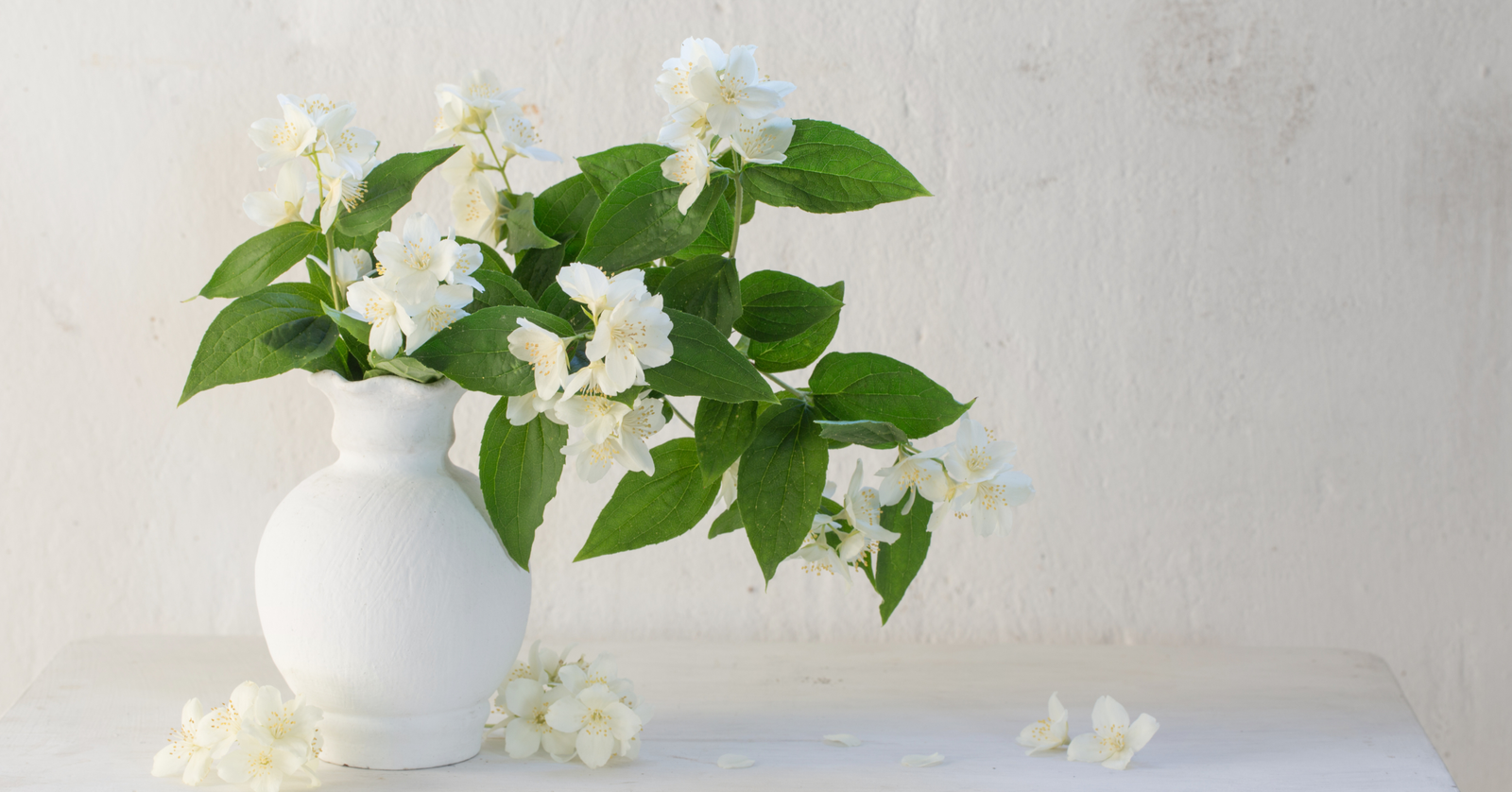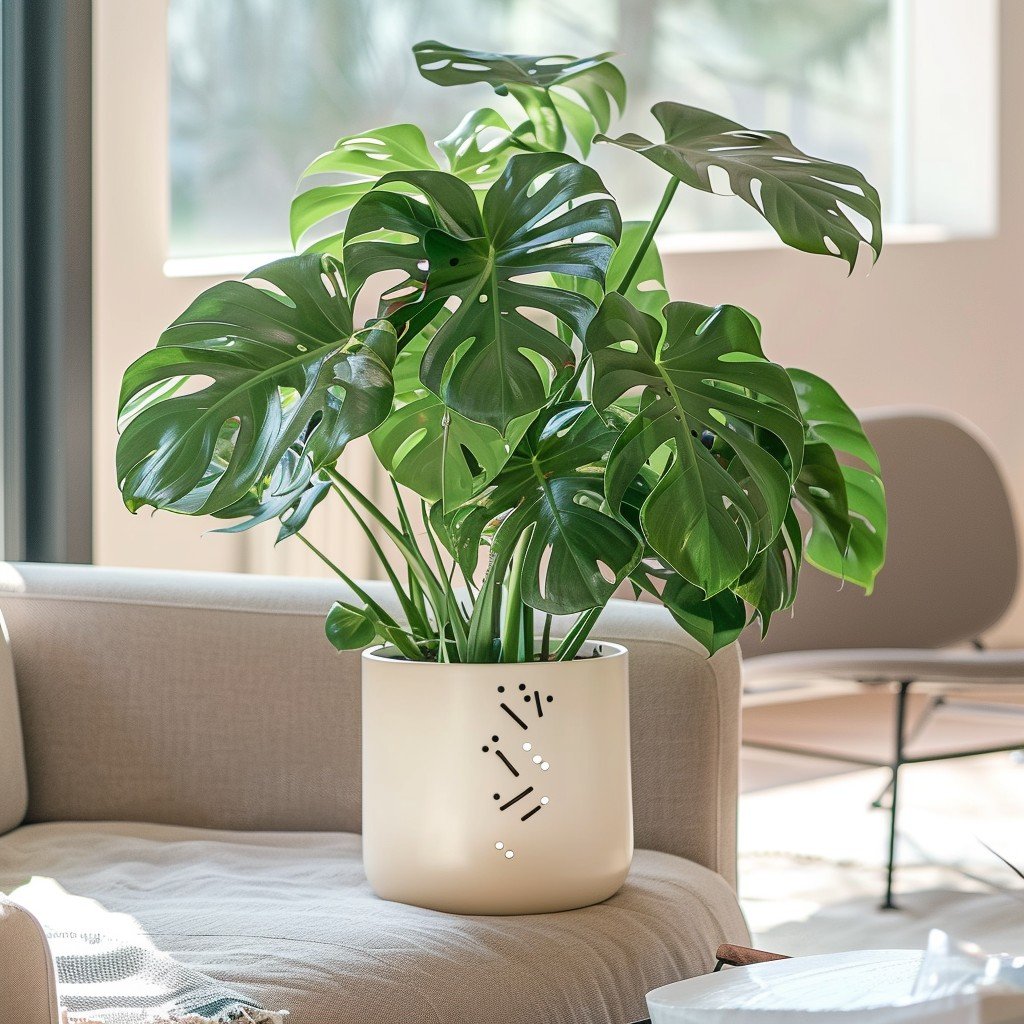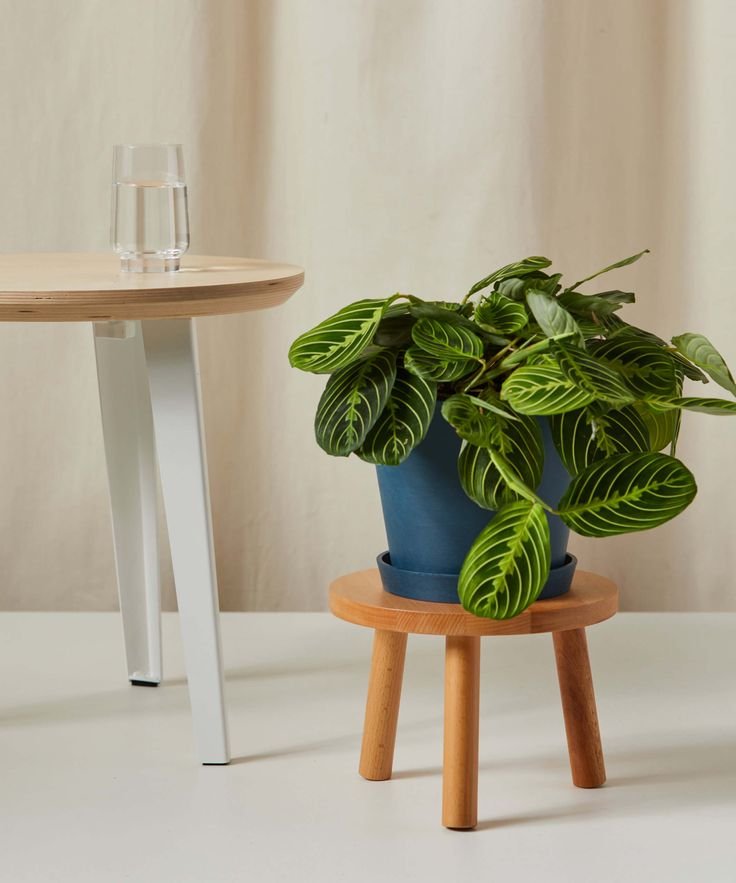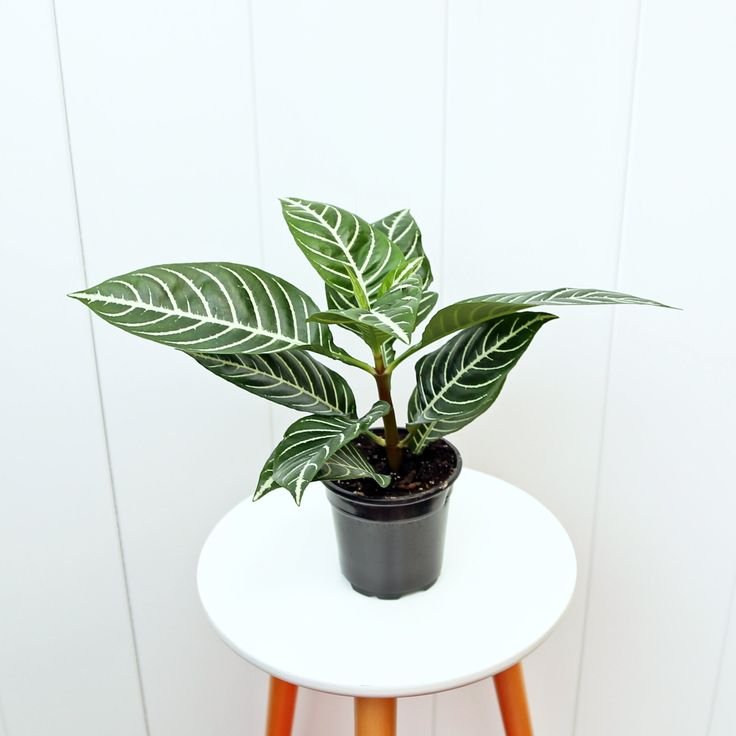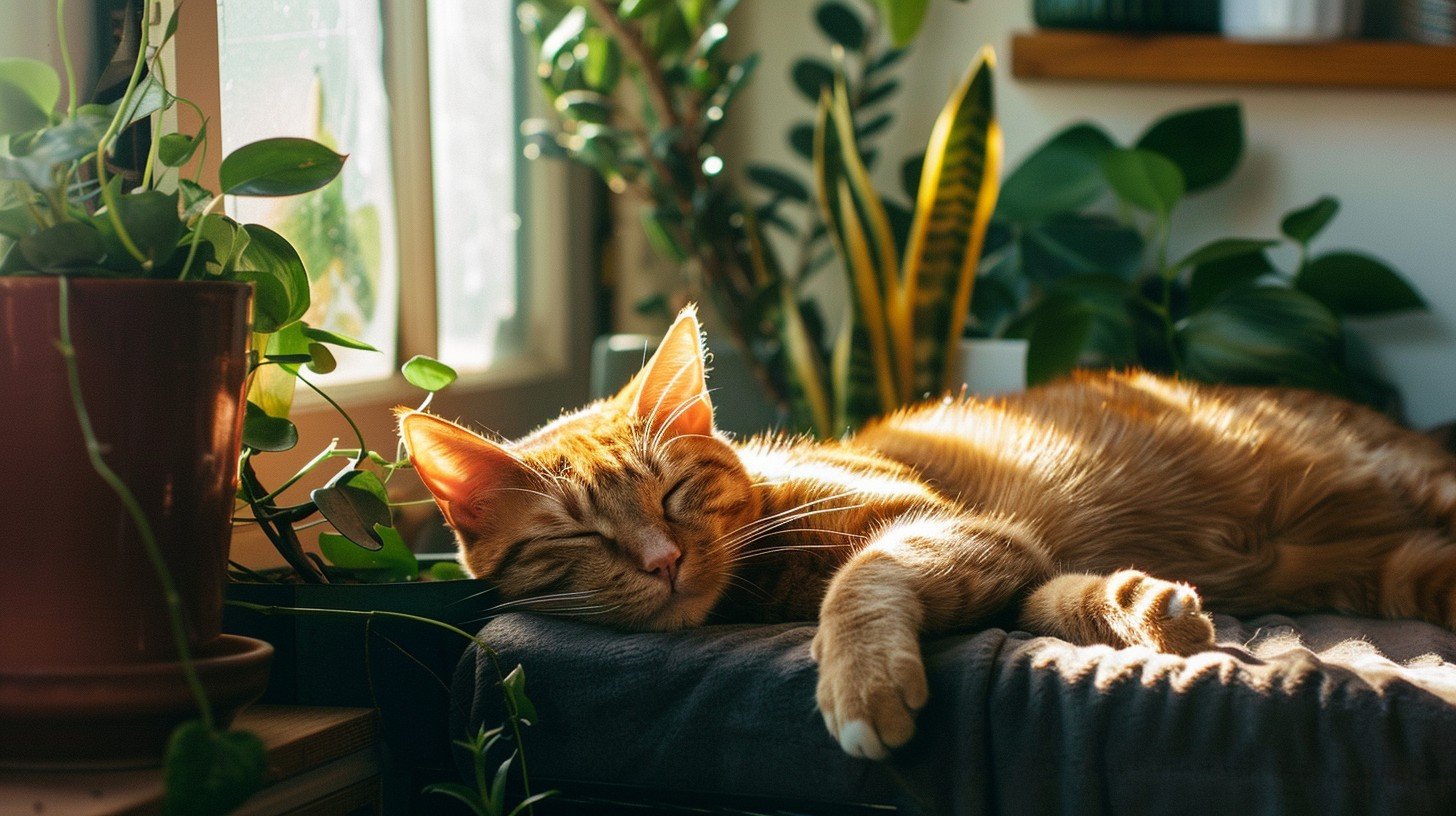A good medium for your plants promotes advanced structure and overall health. For most plants, a potting mix with various beneficial ingredients like compost and sand is effective. In indoor gardening, soilless media can be used instead of garden soil. Most soilless media are sterile, making them suitable for indoor environments as they do not harbor unwanted spores, weed seeds, or soil-borne diseases. Depending on the soilless mixture, they may also be lightweight, making them easy to handle indoors. Fertilizers provide essential nutrients for plant life. They replenish all the missing elements in the soil, enabling your plants to thrive despite all odds.
Plant Necessity elements
To ensure the health and proper growth of your plants, you need some essential nutrients derived from Carbon, Hydrogen, and Oxygen in the air and water. Six macronutrients (Nitrogen, Phosphorus, Potassium, Calcium, Magnesium, and Sulfur) can be obtained from soil or fertilizers. A good medium for your plants promotes advanced growth and overall health. Potting mixes with various combinations of loamy soil, compost, and sand are beneficial for most plants. We know that in indoor and outdoor gardening, the types of soil can vary. In indoor gardening, soilless media can be used instead of garden soil. Most soilless media are sterile, making them suitable for indoor environments as they do not harbor unwanted spores, weed seeds, or soil-borne diseases. Depending on the soilless mixture, they may also be lightweight, making them easy to handle indoors. As a result, plant diseases are reduced, and proper growth occurs. Remember, the correct growing medium and soil amendment are essential for a successful garden. Let’s take some common steps to choose the best soil for your needs.
How to maintain the NPK ratio
Fertilizer labels often display three numbers, representing Nitrogen (N), Phosphorus (P), and Potassium (K) values—arranged in this specific order. These three core nutrients are crucial for enhancing overall plant health.
Nitrogen is particularly vital as it is a key component of chlorophyll, a compound responsible for the vibrant green coloration in plants. Phosphorus serves as an overall superfood for plants, providing them with the energy required for various functions while facilitating root, flower, and leaf growth. Finally, potassium aids in increasing plants’ metabolism, imparting resistance to diseases and drought conditions.
It’s crucial to understand that the NPK ratio is determined by the respective percentage composition of Nitrogen, Phosphorus, and Potassium based on the fertilizer’s weight. For instance, a 100-pound bag of 24-24-24 fertilizer would contain 24 pounds of Nitrogen (24%), 24 pounds of Phosphorus (24%), and 24 pounds of Potassium (24%).
This means the bag contains 72% of these core nutrients. The rest is typically filled with inert material or secondary nutrients, which prevent clumping and allow for an even distribution of fertilizer. Additionally, this helps prevent chemical burns, which can dry up your soil.
What is Compost
Compost is a mixture of organic, chemical, and biological properties used to enhance fertility and improve soil structure. It is a dark, crumbly, sweet-smelling substance, typically produced through the natural decomposition of organic materials such as leaves, grass clippings, and various other biological components. It is usually prepared by recycling plants and food waste, along with composting manure. This mixture contains nutrients and beneficial organisms such as bacteria, protozoa, nematodes, and fungi. Compost enhances soil fertility, reduces dependency on commercial chemical fertilizers, promotes the use of natural fertilizers, and improves soil quality in gardening, landscaping, horticulture, urban agriculture, and organic farming.
How to make compost for your garden
Compost is a mixture used to enhance the nutritional, chemical, and biological properties of soil and improve its structure. It is typically made from organic materials such as plant and food waste, promoting biological decomposition, similar to manure. The benefits of compost include:
- Providing nutrients to crops.
- Improving soil fertility.
- Increasing organic content in the soil.
- Aiding in pest control by introducing beneficial microorganisms.
The composting process happens naturally due to the activities of microbes and soil animals, decomposing plant and animal remains. Composting allows for the expedited production of compost, also known as ‘black gold,’ which is beneficial for landscapes. Finished compost contains major and minor nutrients necessary for plant growth and improves soil structure. It is made from organic materials such as plant and food waste, similar to manure. Compost benefits include:
- Providing nutrients to crops.
- Improving soil fertility.
- Increasing organic content in the soil.
- Aiding in pest control by introducing beneficial microorganisms.
Your compost pile should ideally have a 50/50 ratio of Nitrogen to carbon. Each brown material should be mixed with its complementary green material. If you add newspaper or paper to your compost pile, first shred it so that it can adequately mix with oxygen. Skipping this step puts you at risk of creating a compost pile that can become anaerobic and potentially harmful. Water is a key ingredient in a living compost pile. If your pile doesn’t receive enough water, it risks breaking down the ratio.
On the other hand, if your pile becomes too wet, it will become smelly and anaerobic, where harmful bacteria thrive. To address wet conditions, it’s recommended to turn over your compost pile weekly with a pitchfork to encourage proper aeration. You’ll know your compost pile is working when it heats up. Keeping it warm is effective for composting because it kills harmful bacteria.
Mixture well, rather than layering them, generally aids in speeding up the process. You can add additional nitrogen sources (such as cottonseed meal or blood meal) to your compost pile to expedite the process. Keep your compost heap adequately moist (like a damp sponge) but not overly saturated. Excessive moisture contributes to foul odors and anaerobic conditions. In dry weather, you may need to add water at weekly intervals. Avoid adding branches and other woody materials unless they are chipped into small pieces. In dry weather, using a cover or tarp over the compost pile helps retain moisture and aids in the process. Using a cover or tarp prevents excessive moisture loss during rain and keeps the compost pile hospitable for organisms. In an enclosed compost bin or a simple enclosure, turn your compost ingredients with a shovel or pitchfork every two to four weeks. Turning ensures that course materials move to the center and every scoop is turned. Keep an eye on the progress of the components’ decomposition while turning. Turning should be done every two to four weeks. If you have a tumbler bin, turn it weekly. With proper aeration, moisture, and regular turning, you should have usable compost within one to two months.
What are the benefits of composting
Compost is a valuable and cost-effective soil amendment that saves gardeners money typically spent on alternatives such as peat moss, fertilizer, or vermiculite. It enhances the physical condition of the soil (its physical structure), improves aeration (reducing compaction, promoting root growth, and enhancing water penetration), increases water-holding capacity (essential for maintaining soil health), and supports the development of various plant species. Most soils benefit from recent compost applications. Compost also suppresses some soil-borne diseases. Certain microbes in compost populations may out-compete pathogens for food and habitat, while others attract or repel plant pathogens. Composting is beneficial for the environment and education and is an activity the whole family can participate in. It adds organic matter to your soil, which is often lacking in most soils encountered in a vegetable garden and is regularly broken down and used up.
Coco Peat
Made from coconut husks, its granular form is light and loose, improving soil drainage and texture. While it retains excellent water retention capabilities, it tends to become heavy in clay soils.
You can make it yourself. First, process coconut husks. Then, wash and clean natural cocoa beans and dry, roast, grind, and sift them. Combine cocoa nibs and cocoa shells. Compact the cocoa nibs, package, and dispatch.
Peat Moss
Peat moss is a soil amendment, a dense, fibrous material used as a planting medium for plant growth. It is harvested from decomposed sphagnum moss and is primarily added to potting mixes to aid in drainage and moisture retention. It naturally forms over approximately 1,000 years and is harvested from peat bogs. There is considerable debate about its environmental safety because it is non-renewable and emits carbon dioxide during harvesting. Peat moss is not the soil itself but is commonly used to lighten the soil. Its main benefit is its sterile nature and lack of weed seeds; however, it can attract pests like fungus gnats once in use and exposed to the environment because it decomposes.
Benefit of peat moss
Moisture retention — Peat moss is known for its ability to absorb and retain moisture, making it ideal for seed starting and ensuring that plants have adequate hydration.
Sterility — Another benefit of peat moss is its sterility. As no chemicals are used in the processing of peat moss, it remains completely natural. It fortifies the garden against illnesses, allowing plants with low immunity—those less resistant to diseases or parasites—to thrive in a peat moss mixture, particularly young plants. Due to its water retention capabilities, peat moss can function as a conditioner when mixed with soil, keeping it aerated and light.
Acidity — Peat moss has a pH scale ranging from 3.5 to 6 and can be used to adjust the acidity of soil mixtures as needed. It is suitable for plants that prefer acidic conditions, such as strawberries, blueberries, or azaleas. Additionally, it can be used to manage the overall pH of soil, especially alkaline soils, to suit your needs. Peat moss provides good results for both long-term and low-level plants. It can also be used as a special acidic soil amendment to adjust the pH of the overall soil.
Hypnaceous moss
Hypnaceae is a large family of mosses with a widespread global presence and is situated in the class Bryopsida, subclass Bryidae, and order Hypnales. This type of peat consists of the partially decomposed remains of Hypnum, Polytrichum, and other mosses of the Hypnaceae family. While it decomposes more rapidly than some different types of peat, it is still suitable for media use.
These types of mosses are formed from incomplete residues of Hypnum, Polytrichum, and other Hypnaceae family mosses. Compared to some different kinds of peat, it undergoes faster changes, but it is suitable for media use. This moss is ideal as a ground cover between stepping stones and patio stones and is suitable for areas with light to moderate foot traffic. Due to its limited development, Hypnum sheet moss is ideal for highlighting, appearing as a low, delicate tuft among stones, and suitable for light to moderate pedestrian traffic areas. Because of its less developed behavior, Hypnum sheet moss is ideal for highlighting, appearing as a low tuft among stones, similar to low-growing plants, for permanent ground cover.
If you want to buy moss and want to choose well, there are some excellent choices available. Therefore, Hypnum moss has some attractive qualities. Later, when you walk into a garden, take some time to look around you. Moss, a member of the Plantae kingdom, has a widespread presence with over 14,500 species. Moss, belonging to the Bryophyta division, is characterized by its growth pattern and lack of a vascular system. Mosses offer many benefits; they are highly favored in decoration and also function as a fertilizer for new soil. Hypnum moss is a well-known part of the Hypnaceae family. There are over 20 species, each with just as many names. Many peat deposits in the Northern United States are composed of Hypnaceous mosses.
Sphagnum moss
Gardeners often recognize the benefits of long-lasting, larger fiber sphagnum moss. It can absorb water up to 10 to 20 times its weight and is twice as absorbent as peat. With its antimicrobial properties, sphagnum moss has become an indispensable garden supply in marketing and cultivation processes. It contains specific fungistatic substances, which help inhibit the damping-off of seedlings.
Benefit of Sphagnum moss
Improved water retention — Sphagnum moss is particularly beneficial for retaining water, which is crucial for the sustenance of plants. It helps maintain moisture in your soil and garden beds, especially during dry spells when extensive watering is not feasible.
Increased nutrient uptake — It preserves essential nutrients for plant growth and supplies them when needed for plant nutrition. This helps maintain uninterrupted growth and daily operations, contributing to overall improvement in garden health. Sphagnum moss has natural antibacterial and antifungal properties, which help maintain plant health and can assist in pest and disease control in the garden.
Improved pH balance — Sphagnum moss is naturally acidic, which can help lower the pH in alkaline soils. It plays a significant role in collecting nutrients from the soil. Sphagnum moss can help reduce soil compaction, improving soil aeration and drainage. Additionally, it can assist in preventing soil erosion and water runoff in the future.
Perlite
Perlite is a lightweight granular substance that is white and made from mineral volcanic rock. When added as an ingredient to potting soil, it aerates and lightens the soil while retaining water. It improves drainage, making it essential to mix into compost for water to drain freely. Perlite promotes plant growth, making it easy to propagate and sow seeds. In this regard, other materials such as vermiculite, grit, and sharp sand serve similar purposes. Perlite is an inorganic, inert material, so it does not decompose or rot. For heavy seedbeds and flower soil, mix in 25% perlite on the top 5-10 centimeters before sowing seeds.
The benefit of using perlite in your garden
– Prevents compaction
– Improves aeration and drainage better than vermiculite
– Stimulates root initiation and vigorous growth
– Holds moisture but does not become soggy
– Free from disease, weeds, and insects
– Has a specific pH level suitable for any container or garden bed
– Is capable of absorbing some water while allowing other parts to spread independently
– Provides extremely high altitude
– Plants actually absorb 98 percent of their oxygen
What is soil pH
pH is a measure of the concentration of hydrogen and hydroxyl ions in a solution. Before we progress, it’s necessary to understand the pH of our soil. pH is a scale that indicates whether a solution is acidic or alkaline. The pH scale ranges from 0 to 14. A neutral pH is 7. If the pH value is less than 7, it indicates acidity, and if it’s more than 7, it indicates alkalinity. However, gardeners typically consider a pH of 6.5 as neutral because most plants thrive best in this range and can obtain all necessary nutrients. In practice, most garden soils will have a pH ranging from 5 to 8. So, if the pH of your garden soil is below 6.5, it’s considered acidic, and if it’s above 6.5, it’s considered alkaline.
The benefit of soil pH
Soil quality characteristics mainly affect the nutrient needs of plants and the availability of nutrients in the soil. Each plant has its own recommended pH range. The key to pH is that it influences the availability of key nutrients to plants—Nitrogen, Phosphorus, and Potassium—as well as other nutrients such as calcium and boron, which contribute to nourishment. When pH is in the right range, it helps plants absorb the nutrients they need.
The critical aspect of pH is its effect on soil nutrient availability, and plants require various nutrients. The pH of the soil is a key factor in the availability of manganese to plants if the pH value is very low. This makes it extremely difficult for plants to absorb nutrients, manifesting as green, yellow, or dead leaves. A very low pH removes aluminum from the soil, which is an unnecessary nutrient for plants, reducing root growth and affecting plant nutrition. In soils with a high pH value, plants may obtain excessive amounts of molybdenum.
Vermiculite
Vermiculite is a mineral used as a soil amendment. It is mined from the earth, exfoliated, and then processed with intense heat and pressure. The resulting soil-like substance is lightweight and fluffy, with tiny particles that float when you blow on them. A popular medium for potting soil and soil mixes for garden plants and houseplants alike; vermiculite improves soil structure. It enhances moisture retention and drainage properties such as good water absorption, aeration, and soil support for plants. Vermiculite retains nutrients in the soil, but it does not hold any nutrient content itself; it mixes with fertilizers or compost without interfering with plant food. Typically added to the mix when starting seeds to enhance moisture retention, it does not change over time like perlite, and its thin, flaky, micaceous shape lightens compacted soil.


